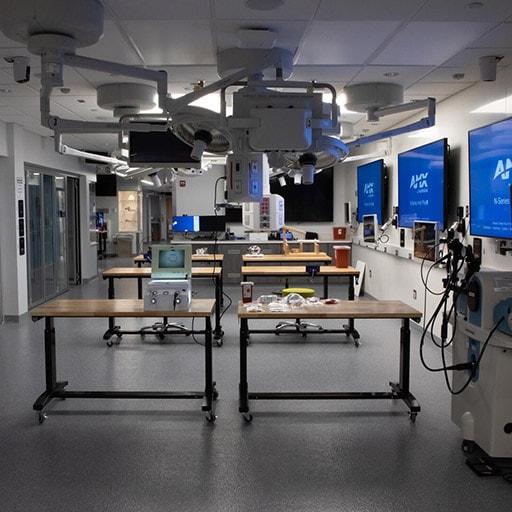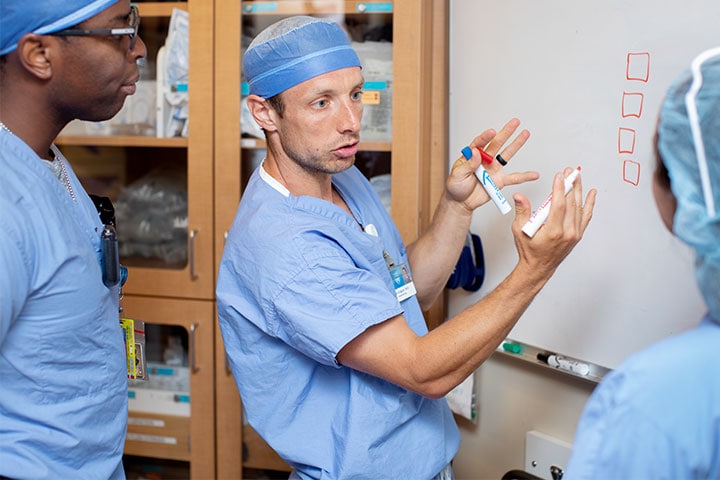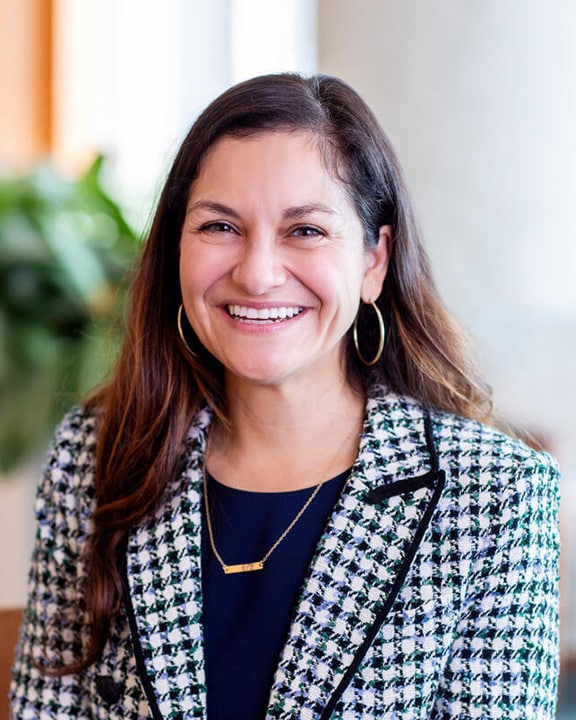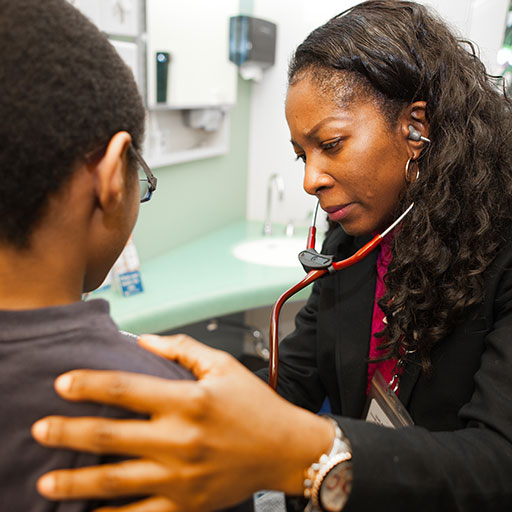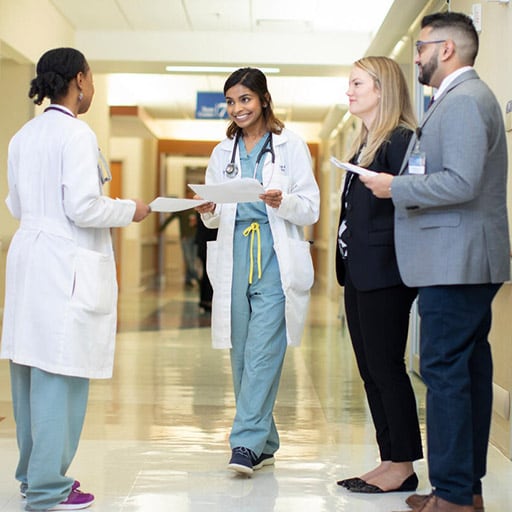We take care of patients who can be classified as American Society of Anesthesiologists physical class I (otherwise healthy) to class VI.
You may provide anesthesia for young, healthy patients requiring minor surgery (such as cast application or removal, and plastics) all the way to a "crashing" thoracoabdominal aneurysm. During the course of residency training, you are exposed to the entire gamut of patients, and with repetition.
Mayo Clinic Hospital — Rochester, Saint Marys Campus, is a Level 1 Trauma Center and a Level 1 Pediatric Trauma Center. Although much of our trauma is blunt trauma, we do see both blunt and penetrating trauma cases. Our graduates are well-prepared to manage all types of trauma cases. In fact, blunt trauma is frequently much more difficult to manage than penetrating trauma.
Mayo Clinic strongly believes in the team approach to patient care. Surgical and anesthesia teams work hand in hand at every location. Mutual respect among all health care providers is expected at Mayo.
We strive for excellent communication between surgical and anesthesia teams to ensure patient safety and good outcomes. Quarterly quality and safety conferences are conducted for the entire house of surgery, including anesthesia personnel, surgeons, allied health staff, and nurses. The team approach and emphasis on open communication is a significant component of these conferences.
This is a common misconception among resident applicants from outside Mayo. Although Mayo Clinic has an international reputation and provides care to patients from a number of countries, Mayo Clinic is also the referral center for all of southeastern Minnesota, southwestern Wisconsin, northern Iowa, North Dakota, and South Dakota.
Mayo Clinic is also the primary caregiver for all of southeastern Minnesota. A majority of Mayo patients are from the U.S., and a significant fraction of those are from the Midwest.
You get extensive experience caring for routine patients but also have the opportunity to care for patients with complex problems. Graduates from the program won't be surprised with anything they see in their future practices.




